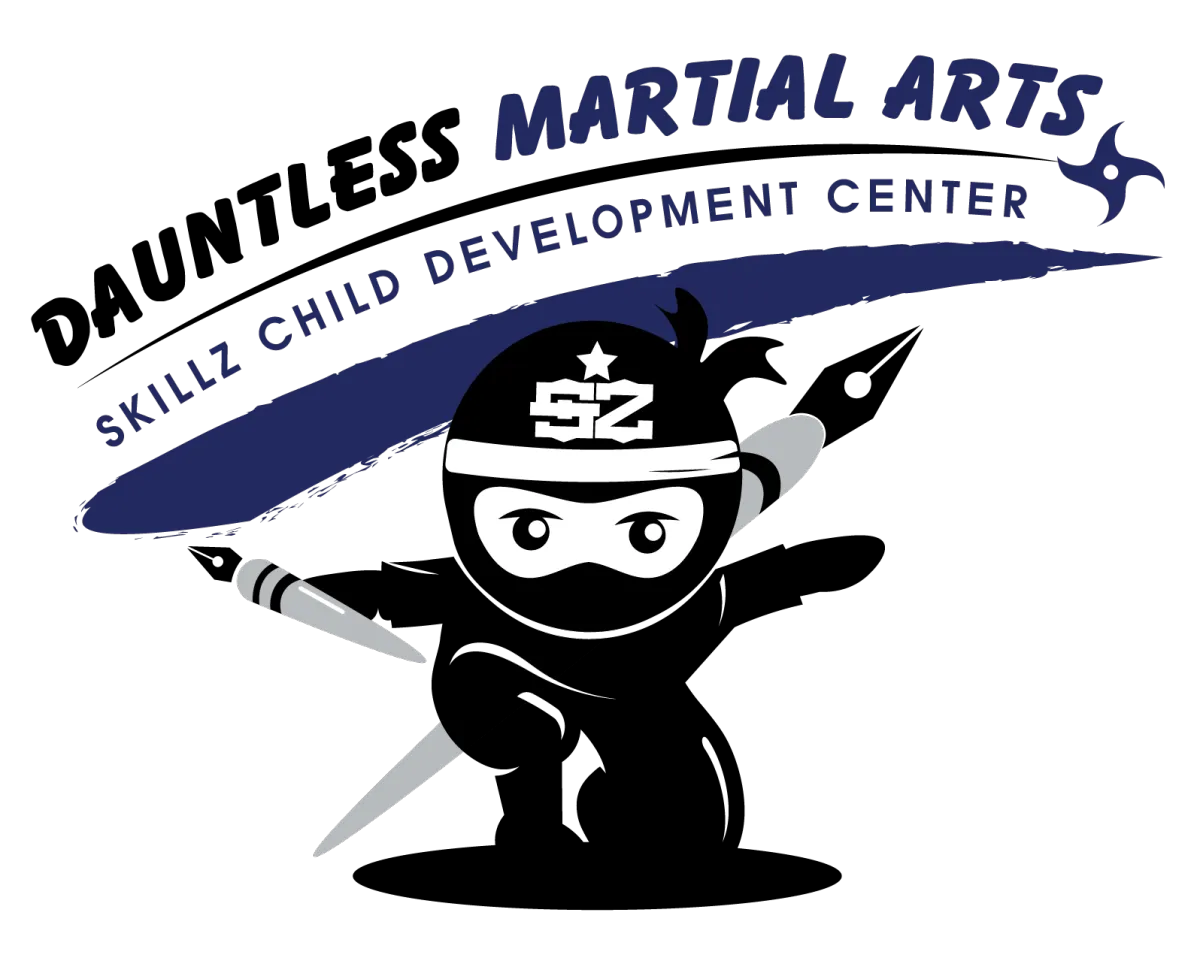Discipline vs. Punishment
Teaching Good Behavior: Discipline vs. Punishment
Good behavior is a learning process for children, and we are their road map. Children usually behave per their own emotions and impulses. At the same time, being a parent is also a learning process and sometimes we rely on our own emotions and impulses to teach. Usually, that means we divert directly to punishments when a child misbehaves, missing a crucial opportunity to teach them. With that said, I am going to break down how to teach good behavior through discipline vs. punishment.
Punishment vs. Discipline: What’s the Difference?
Punishment – means to inflict pain or suffering as a penalty.
Discipline – means to teach.
It’s understandable that we as parents can get very frustrated when a child misbehaves, specifically when they make the same poor behavior choices over and over. At the same time, if we have clear goals to teach good behavior skills, then we can respond better. The better we respond, the better the results.
Goals for Our Children When They Misbehave
Short-term goal: Get them to cooperate.
Long-term goal: Teach them to make better choices without the threat of punishment or consequences.
To accomplish this, we must be patient, present, and intentional.
Punishment vs. Discipline in Practice
Punishment may shut down a behavior, but discipline builds self-discipline skills like emotional and impulse control.
Discipline maintains trust and builds confidence.
Punishment builds walls and erodes trust.
A 3-Step Discipline Strategy
Connect – Set clear expectations in a calm, caring manner. Children need to feel emotionally safe before they can listen.
Re-Direct – Identify the poor choice and explain the proper one. Be clear and intentional.
Repair – Work on solutions, better choices, and ground rules for the future.
When Are Consequences Appropriate?
Only after the 3 steps of discipline have been tried and your child still intentionally disobeys.
Good consequences: Directly related to the behavior. (e.g., Throwing an iPad in anger = losing it for 48 hours.)
Poor consequences: Counterproductive punishments such as taking away martial arts lessons. At Dauntless Martial Arts, classes are designed to build self-discipline, confidence, and positive social interaction—removing that would harm progress.
Avoid shaming tactics like taking belts away or public humiliation, which reduce self-esteem and leave lasting negative impacts.
Building a Productive Strategy
Pre-plan rewards and consequences.
Use natural, related consequences (e.g., apologizing for hitting, reenacting proper manners, earlier bedtime if staying up late caused school issues).
Balance with rewards such as family activities, not just material things.
Key Takeaways
Discipline is more effective than punishment for instilling long-term positive behavior.
The Connect – Re-Direct – Repair method builds self-discipline.
Consequences should be constructive, not destructive, and should always be paired with rewards.
At Dauntless Martial Arts, we believe that discipline should teach, guide, and inspire—not punish. By using strategies rooted in child development, we help kids grow into confident, respectful, and resilient individuals both on and off the mats.
© Dauntless Martial Arts | Privacy Policy | Terms and Condition
